Membrane-free lithium–sulfur batteries with enhanced performance and cycle life.
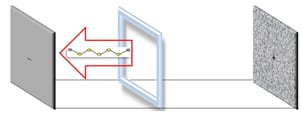

Membrane-free lithium–sulfur batteries with enhanced performance and cycle life.
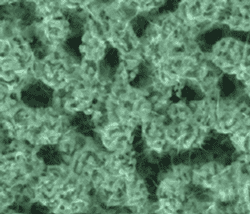
Researchers in Japan have developed a novel high performance microcapacitor with excellent energy and power densities, for on-chip and MEMS applications.
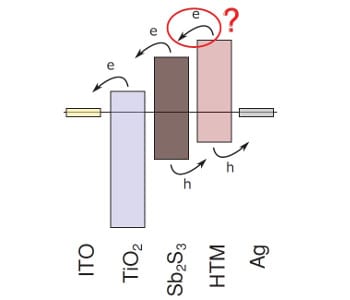
Research into solar cell materials has shown that stibnite synthesis is fast and cheap, and can be easily scaled up, critical for industrial applications.

Diverse advanced logic circuits are fabricated to implement arithmetic functions based on a simple and single molecular beacon platform.
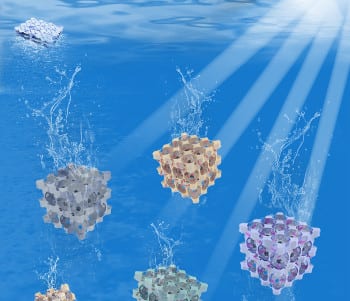
Researches from Pittsburgh present their latest advances towards the characterizations of three-dimensionally ordered macroporous hydrogels.

Enhanced performance in polymer solar cells is achieved using a linked-acceptor type conjugated polymer.
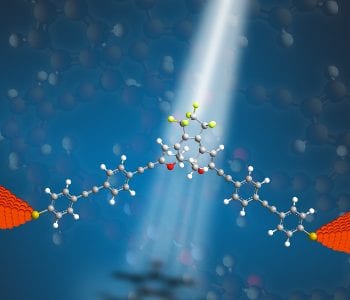
Light-induced switching of single molecule electronic junctions has been successfully demonstrated by researchers in Germany.
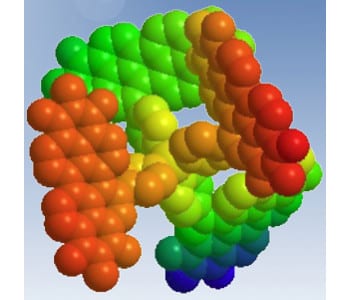
A non-fullerene material is presented as a potential electron acceptor for use in bulk heterojunction organic photovoltaics.
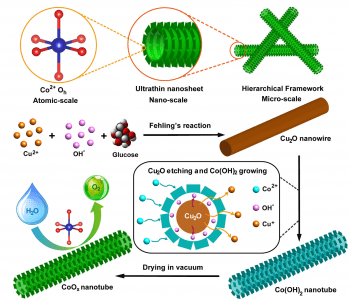
An efficient cobalt-based catalyst for oxygen evolution reactions has been demonstrated, with a bio-inspired, leaf-like hybrid structure.
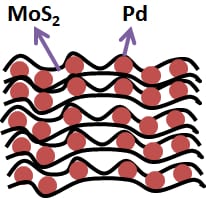
Researchers present a molybdenum disulfide–palladium composite system for highly sensitive detection of hydrogen at room temperature.